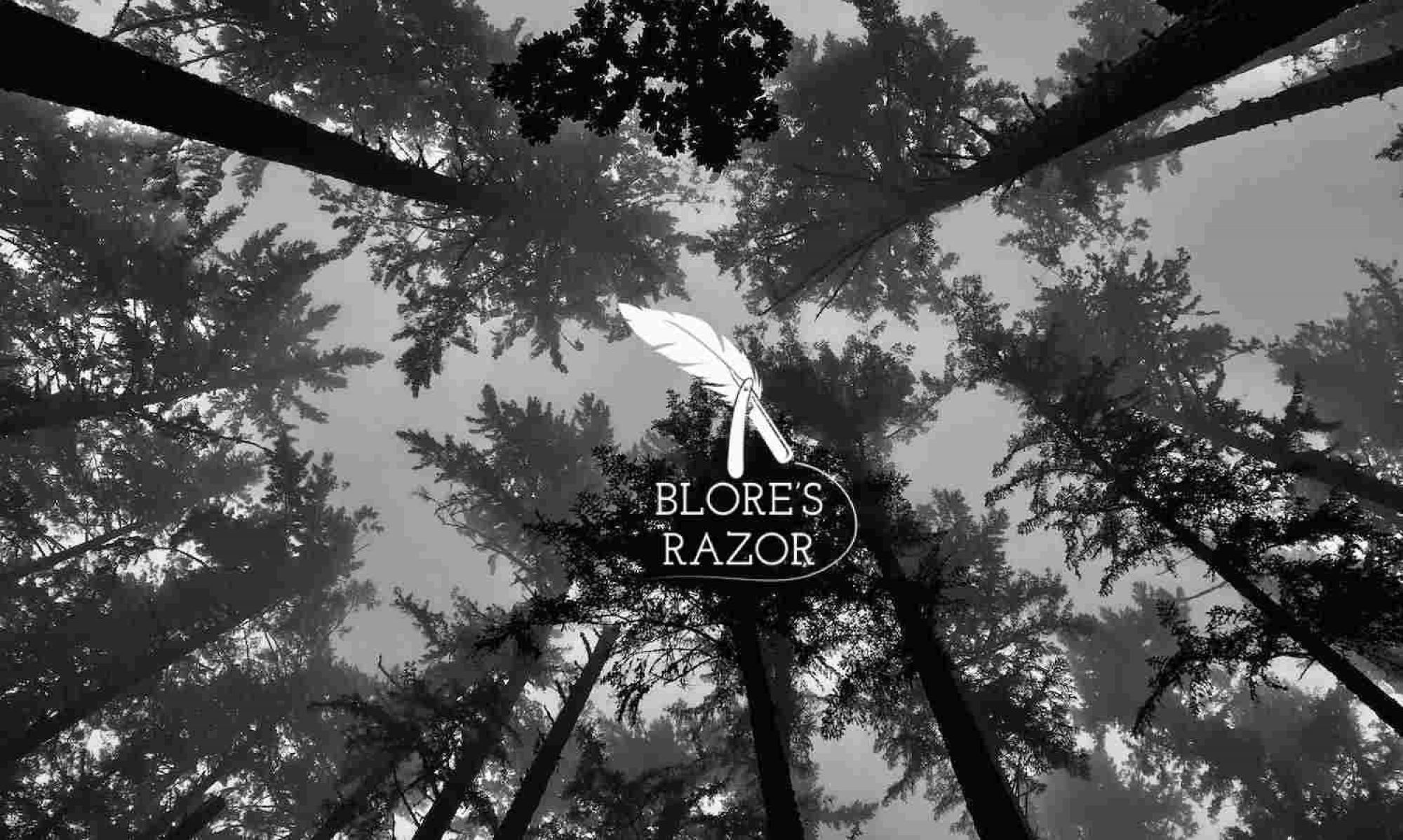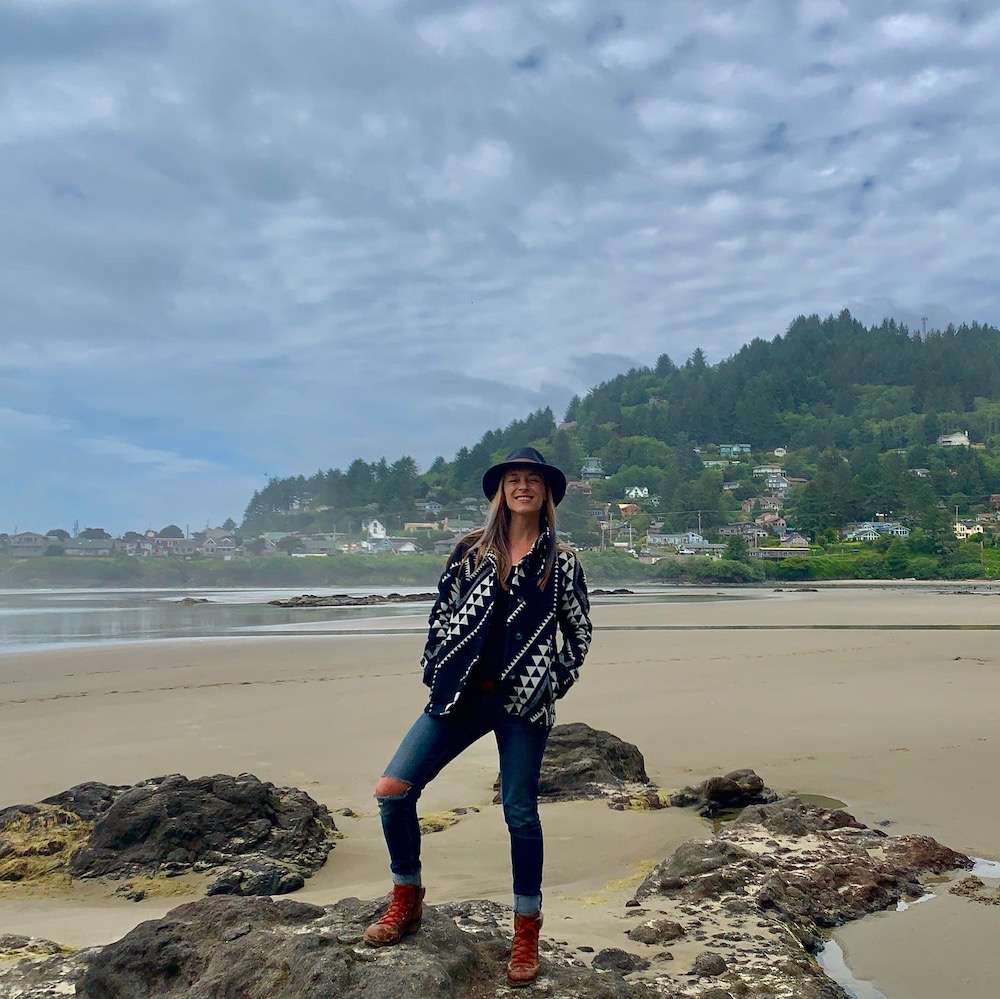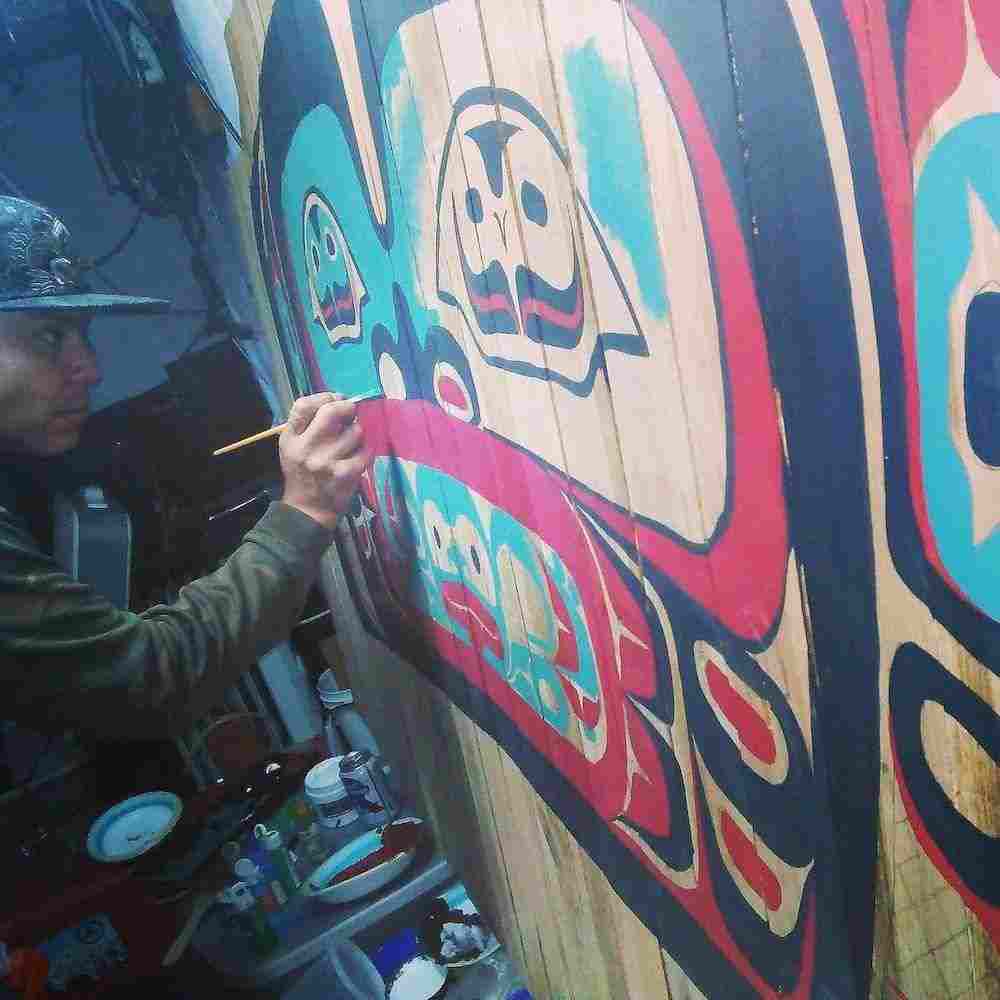Even the most dedicated liberals have an issue that reveals to them the limits of their progressive views. For me, that issue is cultural appropriation, especially with my clothes, jewelry, and art.
Some folks believe that everyone should be free to wear what they’d like. They think that white women can wear box braids or large feathered headdresses at Coachella. Others believe that people should be more considerate with their style, especially when wearing items from cultures decimated by white colonizers, slaveholders, industrialists, and gentrifying yuppies. I’m in the second camp, but I still struggle to define what’s appropriate and what’s inappropriate in practice.
The problem is that white Americans are the apex predators in the hierarchy of capitalism. White culture vultures have gobbled up and commercialized every element of other traditions while actively killing or excluding those who don’t speak like them or look like them. Even as I decry those injustices, however, sometimes I get into trouble for my fashion.
A few months ago, I was wearing my favorite jacket when a white woman approached me in downtown Eugene. She asked if the garment was Pendleton and then proceeded to berate me because the designs had been “stolen from Native Americans.” (Pendleton actually employs Native artists and supports those communities through various funds and initiatives, although it’s true the company isn’t owned by Indigenous folks and has profited immensely off of their designs.)
Even though it’s my favorite jacket, I haven’t worn it as much recently. It feels tarnished by that woman’s judgment and a reminder of this country’s ruthless persecution of non-whites.
Then again, there’s something odd about this dynamic: I’ve noticed that the most ardent gatekeepers of what’s cultural appropriation often are woke whites. I appreciate that woman’s intentions, but I consider her criticism a catharsis of her own guilt. It’s easier to perform a disparaging call-out on a stranger than it is to examine what constitutes respectful creative expression. Or, you know, to actually do something that helps marginalized folks.
The United States is unique in that we are people from all across the globe. We have different levels of remove from our ancestral lands and cultures. We’re all immigrants (or their descendants) on a long enough timeline. That aspect of our country makes me proud—at our best, we’re a microcosm of the world.
Of course, this kumbaya sentiment doesn’t make defining cultural appropriation any easier. Dr. Kelly Chong, a University of Kansas professor, was quoted in Bustle with the most succinct explanation I’ve found:“[Cultural appropriation] is the adoption, often unacknowledged or inappropriate, of the ideas, practices, customs, and cultural identity markers of one society or group by members of another group or society that typically has greater privilege or power.”
But what is the “unacknowledged” or “inappropriate” use of another culture? Sometimes it’s obvious. For example, if a behavior is reinforcing stereotypes or turning a profit for a non-member of that group, that’s inappropriate. So if a white woman travels to Mexico City to learn traditional dishes and then publishes a book of recipes, many would consider that an inappropriate use.
What if she had lived in CDMX for 15 years? Or 20? Or what about if a Filipino man did the same thing? Or a Black woman? Would it be different since they’re also members of oppressed groups? And what happens when the folks in CDMX have varying opinions about what constitutes respectful use? Who gets to be the arbiter?
There are other more cut-and-dry situations that are patently absurd. Anecdotally, I’ve heard of white women with curly or kinky hair being accused of cultural appropriation because they go to Black salons or use Black hair products. Where are they supposed to turn when white stylists don’t know how to deal with their hair or when certain products aren’t up to task? Abusing the term “cultural appropriation” in cases like this is divisive and counterproductive.
And sometimes, art gets swallowed by the flames of these disagreements. Here in Eugene, that’s what happened to the Ritz Story Pole at the Oregon Country Fair.
Here’s some background: OCF is a 52-year-old annual festival with food stalls, art installations, costumes, music, and other performances. It’s held along “the 8”—a forested infinity path in Veneta, Oregon. It’s colorful, playful, nature-inspired, and mostly a celebration of the Pacific Northwest.
The Ritz Sauna & Showers are where you can bathe nude, enjoying live music next to a large bonfire and vibrant wood carvings. Recently, they hired Pattrick Price, a Tlingit Native from Alaska, to create art for the main space. And every year, the Ritz “Flamingo Clan” builds and runs the day-and-night spa that keeps OCF folks clean and happy throughout the sweaty, dusty weekend.
In 2012, Ritz director George Braddock and artist Brad Bolton were talking about how to tell the long history of the Ritz through art. Bolton had been practicing formline art for 25 years—a style created by North Coast Indigenous groups.
It took three years of back and forth, but the Ritz finally got the First Nations and the Canadian Provincial Government of British Columbia to select and ship an 8,000-lb. Alaskan Yellow Cedar log to the OCF for carving. The Ritz got the log (and approval) from our northern neighbors because the Haida—the Natives from whom the Story Pole tradition comes—are based off the northern coast of British Columbia. And for several years, hundreds (perhaps thousands) of Fairgoers assisted in the carving of the Ritz Story Pole.
Before approving the raising of the Pole, Oregon Country Fair reached out to several local tribal governments (including the Grand Ronde) but did not receive position statements from any of them.
The Pole was first mentioned in an OCF Board meeting in July 2012. There was no further mention (according to the publicly available minutes) until September 2014 when logistics were discussed. For several months, the comments about the Pole were unremarkable, apart from an archeological survey that redirected the planned location away from a “sensitive” area.
In December 2015, the OCF Diversity Task Force contacted two local tribe members about the Story Pole project: David Lewis, a cultural anthropologist and member of the Confederated Tribes of the Grand Ronde, and Esther Stutzman, a storyteller and member of the Kalapuya and Coos. Their main criticism was that the placement of the Haida-style Pole was not only cultural appropriation but it was especially offensive to place it on ancestral Kalapuya lands.
Despite these objections, the Story Pole was formally approved by the OCF Board in April 2016. One of the conditions of its future installation was the following: “An informational display addressing the issues concerning the ‘Story Pole’ as Culturally Inspired Art or Cultural Appropriation shall be developed and placed by Fair Operations in the vicinity of the ‘Story Pole’…This display shall have a component whereby people may give feedback concerning the issues pertaining to the ‘Story Pole.’”
The communal carving continued at OCF 2016, but about a year later, the public reception of the Pole had soured. In May 2017, several local Indigenous members had spoken up against the project and the Board hastily rescinded its approval. I recommend reading all of the minutes from that Board meeting, but the following statements illustrate the diverging sentiments on the matter:
Statements in support of the Story Pole:
- Paul: “When does art not challenge some culture?…This Pole has stainless steel and lights on it. If we are going to respect cultural purity in art, then no Native American or any other culture should have art sold at the Oregon Country Fair.”
- George Braddock (Ritz Director): “I truly apologize that people were offended by the art we have made for the last 27 years. We celebrate it for its beauty, strength, and its story…The Haida carvers of the Pacific Northwest are without question the best. Why would you not want to learn from the best carvers? Why would you not want to emulate and celebrate the art?”
- Brad Bolton (Main Story Pole Artist): “I’ve been studying the formline style for the last 27 years. Both Natives and Anglos alike have said they like the art. I have [meant] no disrespect by these carvings. It tells the story of the sauna. We are not claiming we are Natives…The Fair is of the ‘60s and it was about cultural sharing. We reached across lines of race and culture and became brothers and sisters. To see this divisiveness makes me really sad.”
Statements against the Story Pole:
- Erika: “I am an Indigenous woman from South America…what we see is that the Board and the family at the Fair need an emergency cultural competency class. There is the need to understand white privilege. It is not our job to come and teach you.”
- NisaJo: “[White supremacy] is an institutional view that white people have by their birth some kind of privilege and rights, and experience the law differently than others. . .This time, this place, we stand on the side of our Indigenous brothers and sisters.”
- Ada (Siletz Member): “I want to say thank you so much for listening to your Indigenous community members who drew a boundary and were firm about the distinction [between] creative expression and cultural appropriation.”
This story highlights the tension inherent in the space between culturally inspired art and cultural appropriation. Both sides have legitimate positions. On the one hand, the Ritz should have done more due diligence before the project had been nearly completed—especially by enlisting at least one Haida carver to lead the work.
Then again, even this wouldn’t have solved the main contention of the Pole’s local Indigenous opponents: they argued that it was an abomination to have Haida-inspired art on ancestral Kalapuya lands.
This is a difficult standard, and perhaps reveals to my readers the limits of my progressive views. Here’s the thing: there are also gas stations, shopping malls, grocery chains, sex shops, and McDonald’s on these lands. Why would the presence of other Indigenous art be a particular insult? It is important to preserve the heritage of local groups, but excluding other forms of expression isn’t a realistic requirement when the land has already been privatized and irrevocably transformed.
These are uncomfortable questions for me. Like most progressives, I want to do right by those crushed under history’s yokes of slavery, genocide, and colonialism. I also want to do the difficult work of listening and reckoning with the shame, pain, and injustices of the past. And one important part of shaping a more just future is understanding cultural appropriation. What’s the best way for us to acknowledge and celebrate another culture when we want to share in their art or customs?
Where these lines are drawn is far from a settled issue. If we try to appease the most sensitive extremists—those who believe white people can’t respectfully engage with any elements of non-white cultures—everything is subject to criticism, artistic expression becomes siloed by race, and nothing is shared. And if we take a free-market approach where folks choose and use the cultures of others, then disrespect, theft, and exploitation are inevitable.
The Pole could have served as an opportunity to explore this thorny issue, but instead, it sits in storage collecting dust and nobody is satisfied.
I’m hoping others can share their thoughts. Thanks for reading.




This is an interesting perspective, Jocelyn! In art especially there’s a tradition of going back to previous sources and building upon them. It can be done respectfully and creatively. But things get blurry when you intersect this with cultural traditions and our current tendency toward anger first.
If that issue came up today, I wonder what different steps the board could take to be more conscious in their diligence/outreach early on. I’d start with total transparency along with admitting not knowing the right path. “We want to create communal public art that can recognize our area’s heritage that future generations can enjoy, but we’re not sure where to start to do this right or who can best advise.” This could (hopefully) turn into something educational with less anger/hurt attached. But now the whole thing is tainted.
Sorry you were criticized by a stranger for your choice of clothing.
Hope things are going well!
The longer the cultural appropriation conversations rage, the harder time I’m having with it. Are we to never exchange any ideas at all?
I sometimes feel that way too, but I’m grateful that we’re having long-overdue conversations about what’s suitable in practice.